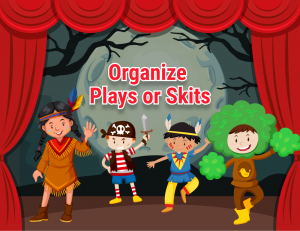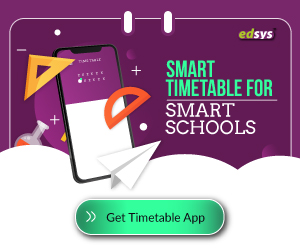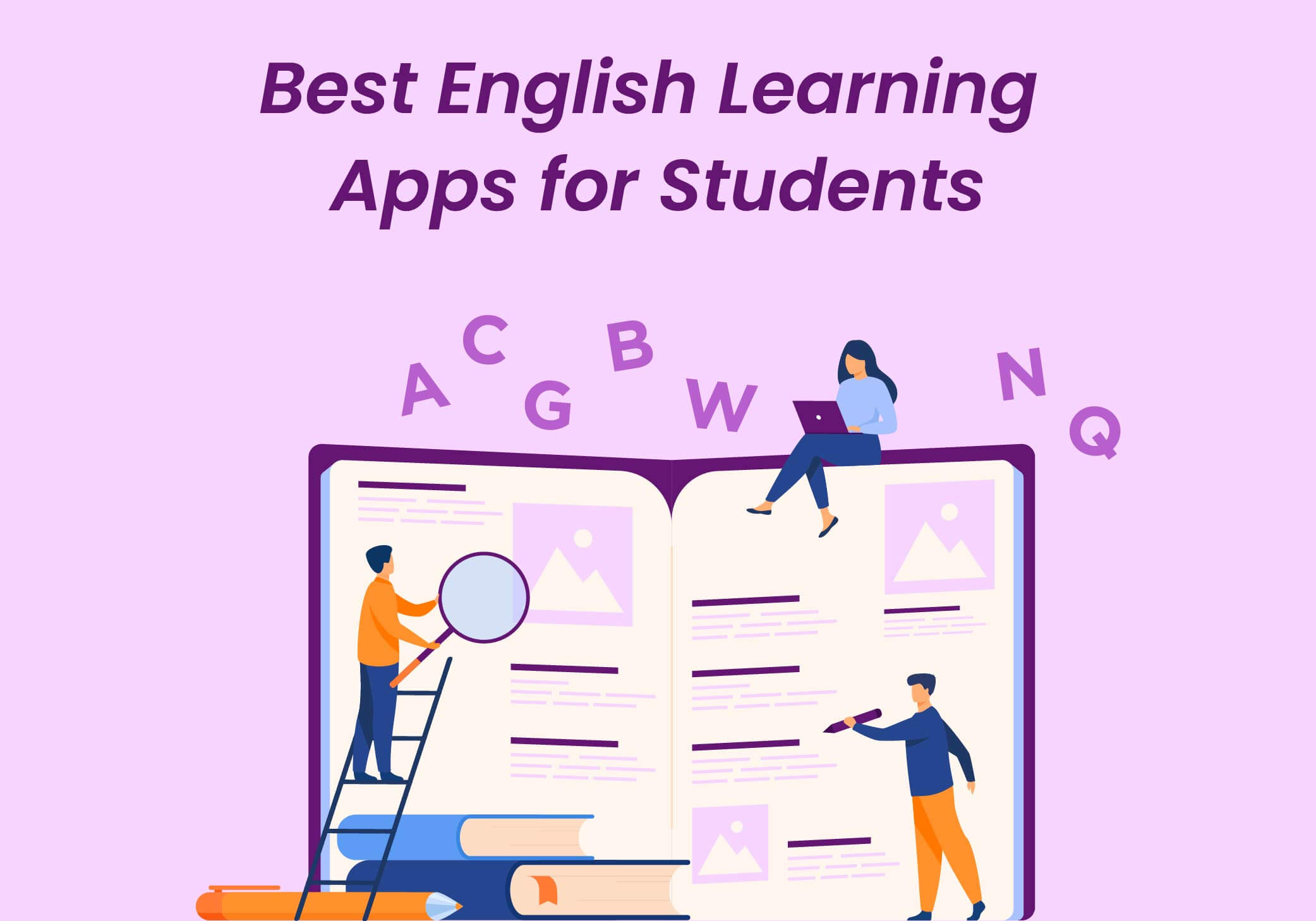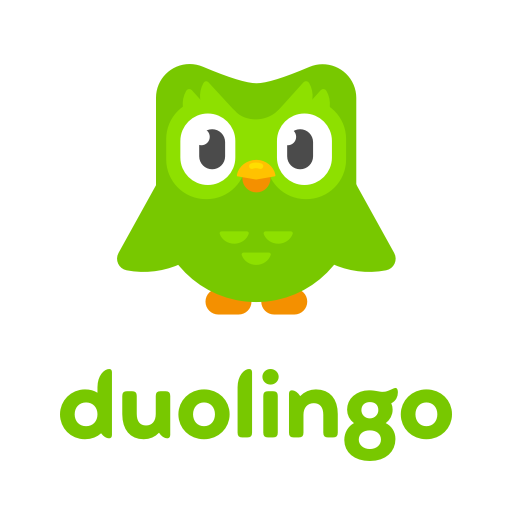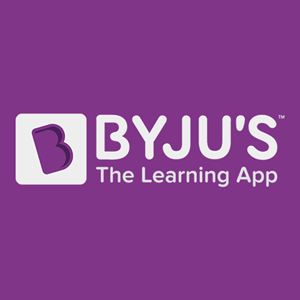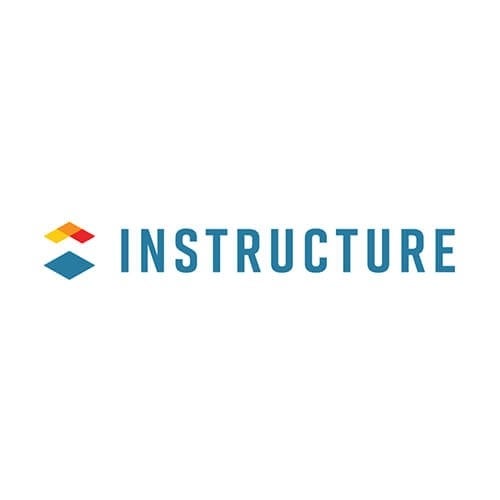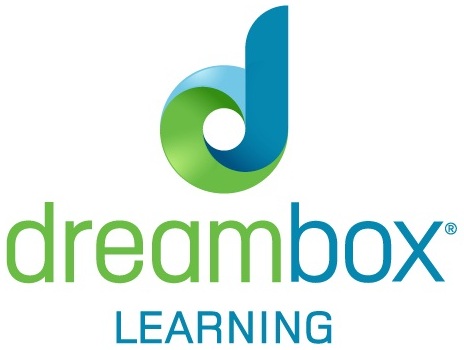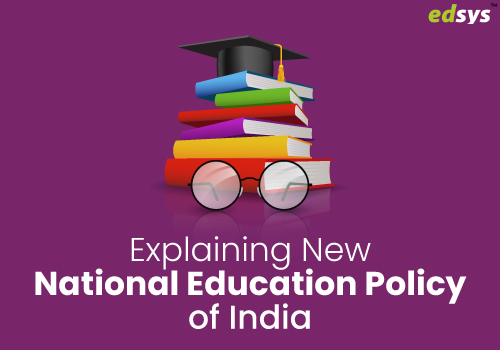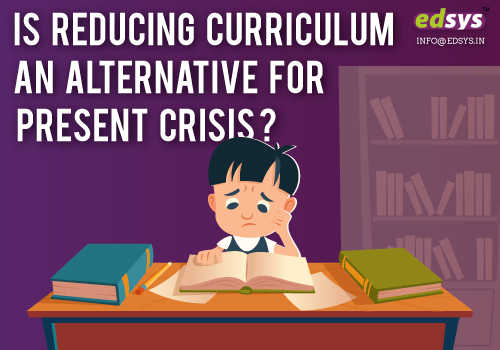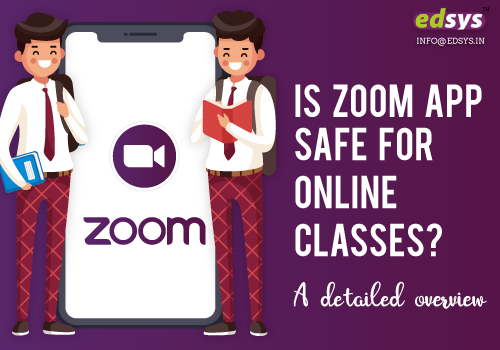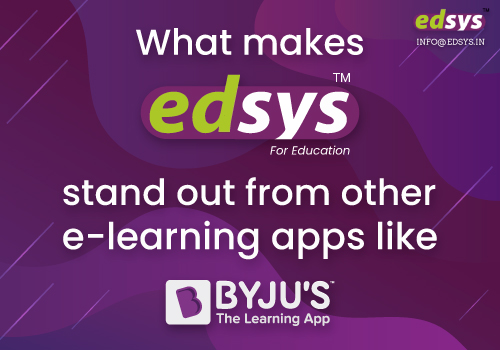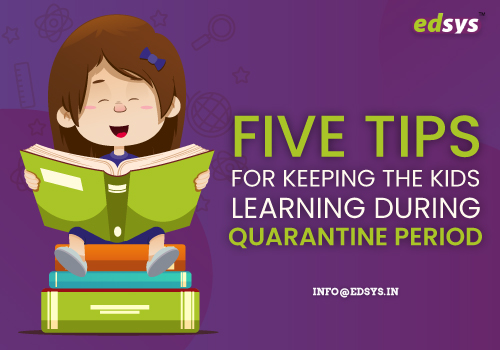International Education Day is an annual celebration of learning and education that officially recognized by the United Nations in 2018, and since then it has been celebrated in many countries around the world. It is celebrated on the 24th of January each year, and it is a time for people from all over the world to come together to honor the importance of education and learning. The purpose of International Education Day is to promote global cooperation, understanding, and peace through education.
International Education Day is celebrated by holding various events, such as conferences, workshops, seminars, and panel discussions, to discuss and promote the importance of education and learning. The goal of International Education Day is to bring together people from all corners of the world and to promote global peace, understanding, and cooperation through education.
This year – 2023, International Education Day will be celebrated under the theme “to invest in people, prioritize education.”
Also Read Best Apps For Teachers and Educators
Why Celebrate International Education Day?
International Education Day is an important day for celebrating the power of education and learning. It is an opportunity for people from all over the world to come together and to recognize the importance of education for creating a better future for all.
Celebrating the day is also an important way to promote the importance of inclusive education. Inclusive education is a key component of achieving global peace and understanding, and it is essential for creating a better future for all. By celebrating International Education Day, people can learn more about how to create a more inclusive and equitable education system.
In addition, celebrating the day is a way to recognize the achievements of educators and learners from all over the world. It is a day to honor the teachers and students who are working hard to make a difference in the lives of others. It is also a way to recognize the importance of education in creating a better future for everyone.
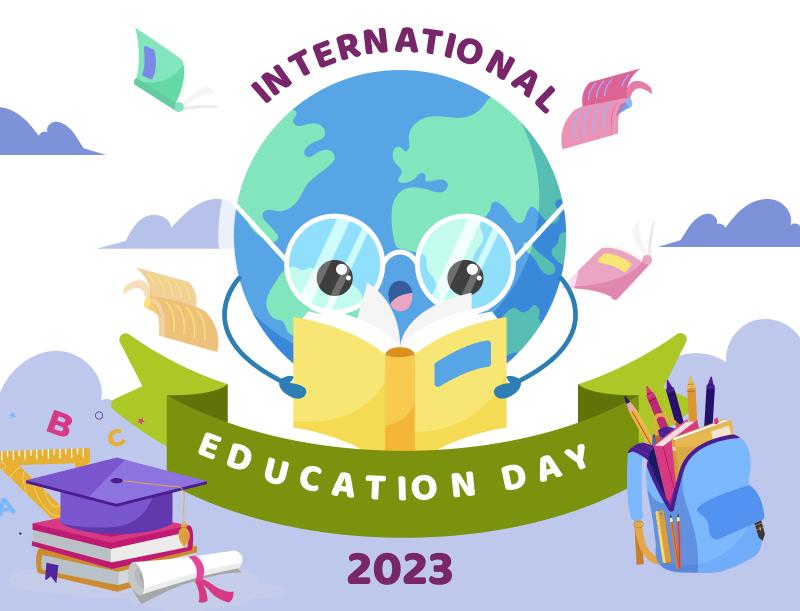
Goals of International Education Day
The goals of International Education Day are to promote education, raise awareness of the importance of education, and promote international cooperation in the field of education. These goals are achieved through various activities, events, and initiatives held throughout the year.
The main goal of International Education Day is to bring people from all over the world together to recognize the power of education and show support for education initiatives. The day is also a great opportunity to learn more about different cultures, share knowledge and ideas, and promote the exchange of ideas.
Also Read Special Education Web Sites for Teachers and Parent
How to celebrate International Education Day?
Celebrating International Education Day is a great way to show support for education initiatives and raise awareness of the importance of education. There are many different ways to celebrate the day, from hosting special events and activities to launching education initiatives.
The most important thing is to come together and recognize the power of education. This can be done through activities like hosting special events, launching education initiatives, or simply by sharing information about the day with others.
Ideas for Celebrating International Education Day
There are many different ways to celebrate International Education Day in your educational institution. Here are some ideas for celebrating the day:
- Host a special event: Host a special event like a seminar, workshop, or lecture to highlight the importance of education. Invite experts in the field of education to share their knowledge and insights.
- Launch an education initiative: Launch an education initiative like a fundraising campaign or a scholarship program to help promote the importance of education.
- Share information about the day: Share information about the day with others and raise awareness of the importance of education.
- Show your support: Show your support for education initiatives by donating to organizations that are dedicated to promoting education.
- Celebrate in your classroom: Celebrate International Education Day in your classroom by hosting a special assembly or activity to recognize the importance of education.
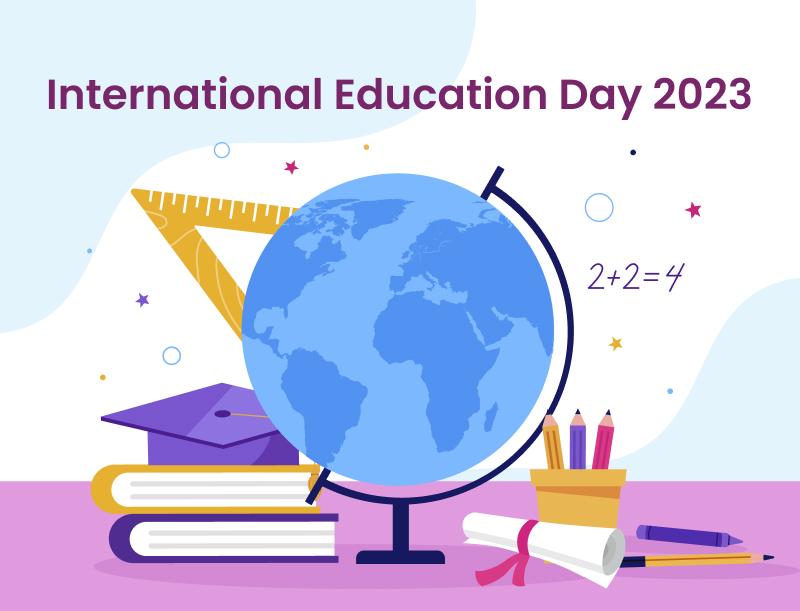
Resources for Celebrating International Education Day
There are many resources available to help you celebrate International Education Day. Here are some resources that can help you plan and organize your celebration:
- The International Education Day website: The official website of International Education Day provides information about the day, as well as resources and activities to help you plan your celebration.
- UNESCO resources: UNESCO has a number of resources available to help you celebrate International Education Day, including a toolkit, ideas for activities, and more.
- Education-focused organizations: Look for organizations that are focused on promoting education, such as UNICEF, the Global
Partnership for Education, and the Global Education Initiative. These organizations can provide valuable resources and information about International Education Day. - Social media: Leverage social media to promote your celebration and spread the word about International Education Day.
Tips for Planning an International Education Day Celebration
Planning an International Education Day celebration can be a bit overwhelming. Here are some tips to help you plan a successful celebration:
- Start early: Start planning your celebration early to ensure that you have plenty of time to prepare.
- Set goals: Set some clear goals for your celebration to ensure that you stay on track.
- Get organized: Create a timeline and checklist to help you stay organized and ensure that you do not forget any important details.
- Promote the event: Promote your celebration through social media, email, and other channels to ensure that people know about it.
- Have fun: Don’t forget to have fun! Celebrating International Education Day should be a joyful and inspiring experience.
Examples of International Education Day Celebrations
There are many different ways to celebrate International Education Day. Here are some examples of how people have celebrated the day:
- The United Nations Foundation hosted a special event to celebrate International Education Day in 2015. The event featured a panel of experts who discussed the importance of education and shared their insights on how to promote education initiatives.
- In 2017, the Global Education Initiative launched a fundraising campaign to help promote education initiatives in developing countries.
- In 2018, UNICEF hosted a special event to mark International Education Day. The event featured a panel of experts who shared their insights on how to promote education initiatives.
- In 2019, the Global Partnership for Education launched a scholarship program to help promote access to education for students in developing countries.
- In 2020, UNESCO launched a series of online activities to celebrate International Education Day. The activities included a virtual book club, a global photo contest, and a virtual tour of UNESCO World Heritage sites.

Also Check Extensive Researched Educational App Directory
International Education Day is a global celebration of learning that celebrates the importance of education in our lives. It is a great opportunity to come together as a global community to recognize the power of education and show support for education initiatives. There are many different ways to celebrate the day, from hosting special events and activities to launching education initiatives. By celebrating International Education Day, we can show our support for education initiatives and raise awareness of the importance of education.
So, let us come together to celebrate International Education Day in 2023 and unlock the potential of education. With our collective efforts, we can create a brighter future for everyone.







